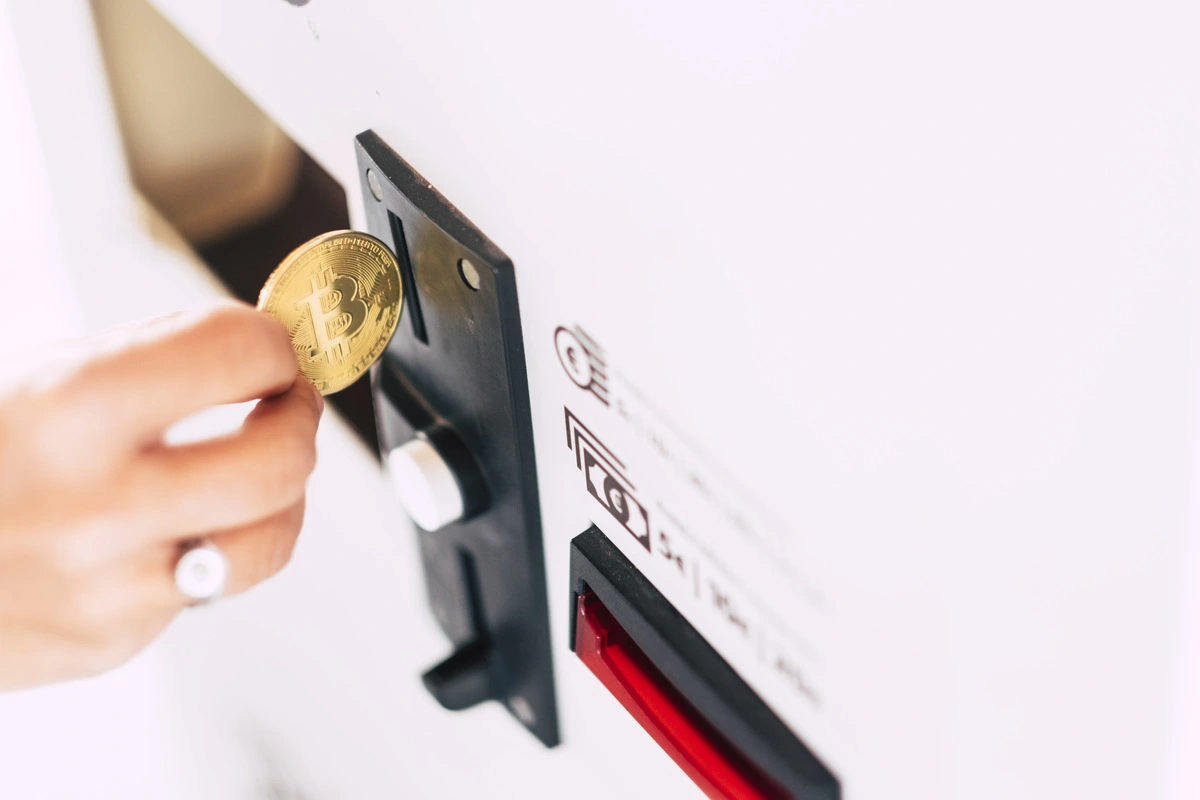With the fall of P2P exchanges like Paxful and LocalBitcoins, the question of how to buy or sell Bitcoin without using CEXs is a pertinent one. The failure of FTX triggered a notable growth of self-custody in 2022, with numerous cryptocurrency investors transitioning from centralized exchanges (CEX) to hardware or software wallets. The rising popularity of self-custody could even potentially erase the need for centralized crypto exchanges one day, according to Binance CEO Changpeng Zhao. But how would people buy or sell cryptocurrencies without centralized exchanges?
Bitcoin ATMs
Bitcoin enabled automated teller machines (ATMs) are probably one of the easiest ways to exchange fiat money for crypto and vice versa. Like conventional ATMs, Bitcoin ATMs allow users to deposit and withdraw money using cash or a debit card. But instead of a bank account, a Bitcoin ATM requires users to have a BTC wallet address to deposit or withdraw money.
Like a traditional ATM, a Bitcoin ATM has a monitor, a QR scanner, a bill acceptor, and a dispenser. To connect their Bitcoin wallet to a crypto ATM, users are usually prompted to scan a QR code corresponding to their BTC wallet address.
While providing a simple way to exchange money against cryptocurrencies, Bitcoin ATMs suffer from limited global adoption.
Related: Crypto Exchange Backed By 3AC Founders Launches With Claims Trading Plans
Peer-to-peer Bitcoin exchange platforms
Peer-to-peer (P2P) Bitcoin exchange marketplaces are among the most common crypto exchange options alongside Bitcoin ATMs. Such platforms allow users to trade digital currency directly with each other without the need for a centralized third party to facilitate the transactions.
Unlike CEXs, P2P exchanges don’t rely on automated engines to complete transactions, allowing users to manually choose their preferred offer, trade directly with a counterparty, and transact funds using a self-custodial wallet. Such platforms are less vulnerable than CEXs due to their independence from intermediaries controlling funds during a trade.
Crypto on-ramp/off-ramp integrations on software or hardware wallets: Another common way to buy or sell crypto without a CEX is using an on-ramp or an off-ramp solution provided within a self-custodial wallet through a third-party payment provider.
Software wallets like Exodus and hardware ones — like Ledger and Trezor — offer several methods to deposit or withdraw Bitcoin using default software through various payment integrations. Such wallets often allow users to buy crypto or cash out their coins using bank transfers, debit or credit card payments, Apple Pay, and other options, depending on the country of the user’s bank location.
Providing a simple alternative to Bitcoin ATM or P2P services, wallet exchange integrations are currently accompanied by issues like limited coverage due to the low adoption of crypto payment partnerships worldwide.
While there are alternative options to centralized exchanges, each of these methods has its own set of pros and cons. Before using any of these alternatives, it’s important to do your research to understand the limitations, risks, and fees associated with each option. It’s also important to remember that the crypto industry is constantly evolving, so what might be a good alternative today may not be the best option tomorrow.
Source: cointelegraph.com




